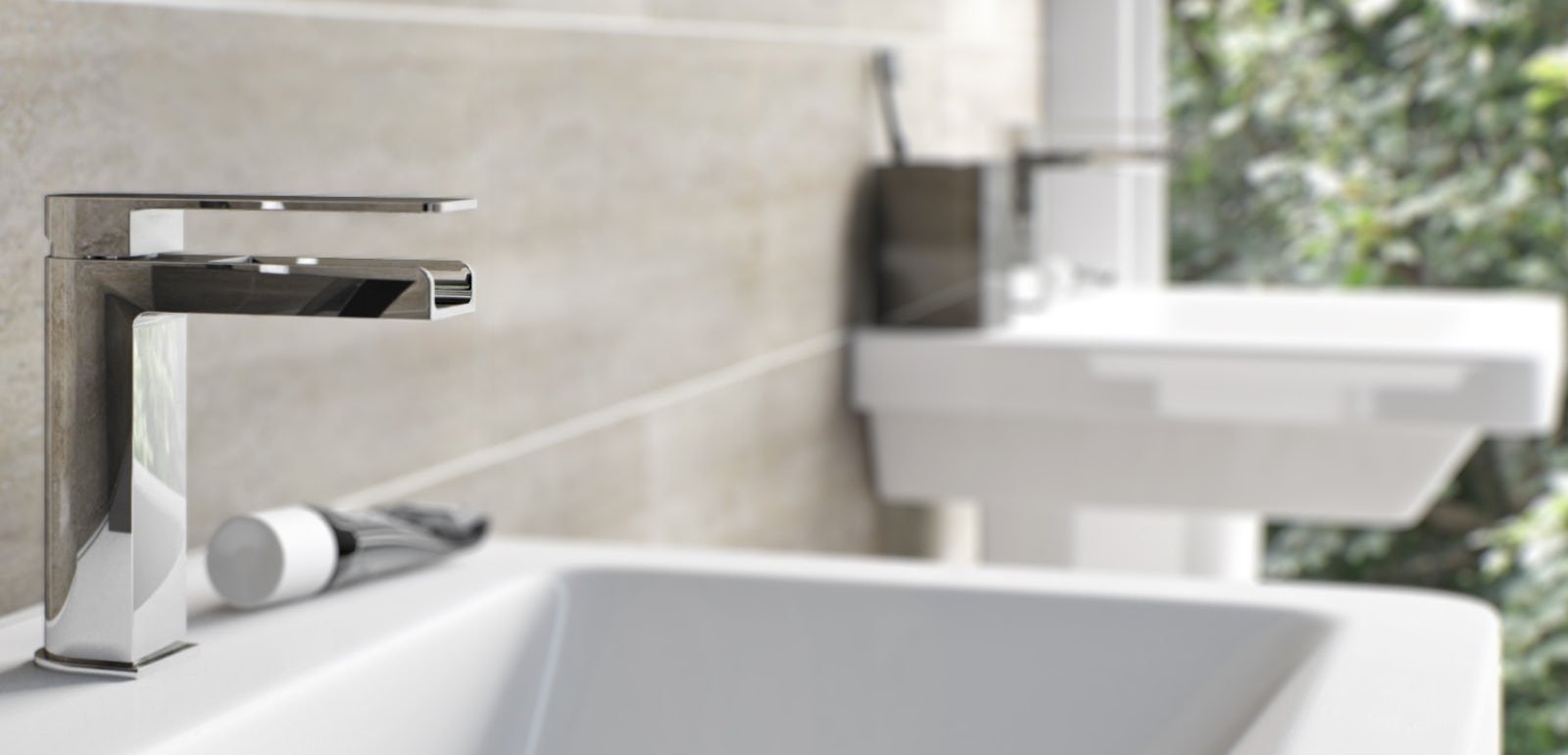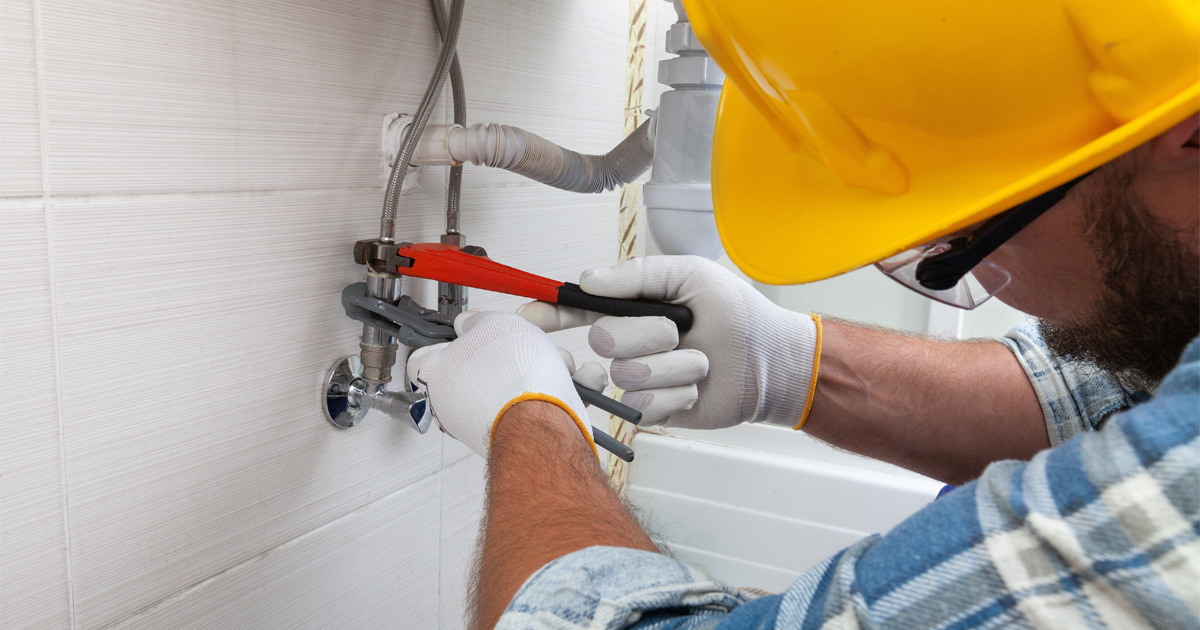Mastering the Core Concepts of Home Plumbing: A Beginner's Introduction
Mastering the Core Concepts of Home Plumbing: A Beginner's Introduction
Blog Article
Do you find yourself looking for suggestions on Understanding the Basics of Your Home's Plumbing System?

Plumbing is a necessary element of any type of home, responsible for providing tidy water for drinking, food preparation, and showering, in addition to removing wastewater safely. Understanding the fundamentals of home plumbing is vital for every single home owner to make sure proper maintenance, troubleshooting, and, if required, repair work. In this beginner's overview, we'll cover the fundamental ideas of home plumbing to help you become a lot more accustomed to just how it functions.
Water System System
The supply of water system brings tidy water into your home from a local water resource or a personal well. It consists of a primary water line that attaches to your home's plumbing system, typically located underground. A water meter gauges the amount of water consumed, while a shut-off shutoff allows you to regulate the flow of water right into your home.
Plumbing Fixtures
Plumbing components are tools that supply water to various parts of your home and consist of sinks, taps, bathrooms, showers, bath tubs, and home appliances such as dishwashers and washing devices. Each component is linked to the water supply system by means of pipelines and fittings and might have its shut-off valve for maintenance or emergency situations.
Water Heating Unit
The water furnace is accountable for home heating water for domestic usage, consisting of bathing, cooking, and cleansing. Typical types of water heaters consist of tank-type hot water heater, tankless (on-demand) water heaters, and heat pump hot water heater. The hot water heater is connected to the water supply system and supplies hot water to plumbing fixtures as required.
Water drainage System
The drainage system eliminates wastewater from your home and lugs it away to a sewer treatment center or septic system. It consists of a network of pipes, installations, and components that move wastewater from plumbing fixtures to the primary drain line or septic system. Proper drain is vital to prevent clogs, back-ups, and sewer leaks.
Ventilation System
The ventilation system helps preserve appropriate atmospheric pressure and protect against sewer gases from entering your home. Vent pipes, likewise referred to as air vent heaps, prolong from plumbing components to the roof covering, permitting sewer gases to escape securely outdoors. Air flow pipelines likewise enable air to go into the drain system, assisting in smooth wastewater circulation and preventing suction or vacuum results.
Usual Plumbing Devices
Having the right devices handy is crucial for executing standard plumbing fixings and upkeep jobs. Usual plumbing devices consist of adjustable wrenches, pipe wrenches, pliers, pipeline cutters, hacksaws, bettors, augers (or drainpipe snakes), and Teflon tape. Having these devices easily available can aid you take on small plumbing problems effectively.
Basic Plumbing Fixings
While some plumbing fixings might call for expert support, many usual problems can be attended to with basic do it yourself methods. Knowing how to deal with a leaking faucet, unblock a drain, change a bathroom flapper, or repair a trickling showerhead can conserve you money and time on plumbing repairs.
Verdict
Comprehending the basics of home plumbing is crucial for each homeowner to keep a safe, useful, and efficient plumbing system. By acquainting yourself with the water system, plumbing fixtures, water drainage system, ventilation system, usual plumbing tools, and fundamental repairs, you can with confidence address minor plumbing concerns and ensure your home's plumbing system runs efficiently.
Plumbing for Beginners: A Comprehensive Guide
If you’re a beginner when it comes to plumbing, don’t worry; you’re not alone. Plumbing may seem intimidating, but with the right knowledge and a little practice, you can handle many common plumbing issues on your own. In this comprehensive guide, we will demystify the world of plumbing for beginners, providing you with the basic knowledge and skills needed to tackle common plumbing problems and even take on some DIY plumbing projects.
The Importance of Basic Plumbing Knowledge for Beginners:
First and foremost, basic plumbing knowledge gives you a solid foundation. It helps you grasp the key concepts and terminology that are essential in this field. By learning the basics, you’ll be able to build upon that knowledge and tackle more complex plumbing tasks in the future.
Having a basic understanding of plumbing also enables you to handle common issues that may arise in your home. Picture this: a leaky faucet or a clogged drain. With some basic plumbing knowledge, you’ll have the confidence to troubleshoot and fix these problems on your own. It saves you from unnecessary expenses and the hassle of waiting for a professional to arrive.
As a beginner, learning the basics of plumbing empowers you to take care of your own home. It gives you a sense of independence and self-reliance. You’ll no longer have to rely solely on professionals for every small issue that pops up. Instead, you can handle many tasks yourself, saving time and money in the process.
Remember, everyone starts as a beginner. Embrace the learning process and take small steps to expand your plumbing knowledge. There are plenty of online resources, tutorials, and even local workshops that talk about plumbing for beginners.
Essential Tools for Plumbing for Beginners
As you start your plumbing journey, having the right tools in your toolbox is crucial. Let’s explore some of the must-have tools:
Adjustable Wrench:
This versatile tool is a staple in any plumber’s toolbox. It allows you to tighten or loosen nuts and bolts of various sizes. Make sure to have an adjustable wrench with a comfortable grip.
Pipe Wrench:
A pipe wrench is specifically designed for gripping and turning pipes. It has serrated jaws that provide a strong grip, making it easier to loosen or tighten threaded pipes and fittings.
Plunger:
The plunger is a simple yet effective tool for clearing clogged drains and toilets. It creates suction when you push and pull, helping to dislodge blockages. Keep a good-quality plunger handy for those unexpected clogs.
Pipe Cutter:
When it comes to cutting pipes, a pipe cutter is your go-to tool. It creates clean, precise cuts without damaging the pipe. Look for a pipe cutter that can handle the pipe sizes you’re working with.
Hacksaw:
A hacksaw is useful for cutting through pipes, screws, and other materials. It’s a versatile tool that can handle different cutting tasks. Remember to use a blade suitable for cutting metal.
Tape Measure:
Accurate measurements are crucial in plumbing. A tape measure allows you to measure pipe lengths, distances, and dimensions accurately. Opt for a sturdy tape measure that extends a good length.
Pliers:
Pliers come in handy for various tasks, such as gripping, bending, and cutting. Slip-joint pliers with adjustable jaws are great for gripping pipes, nuts, and bolts.

As an avid reader on , I think sharing that segment was a great idea. Feel free to set aside a second to promote this blog post if you liked it. Thank you so much for going through it.
About This Report this page